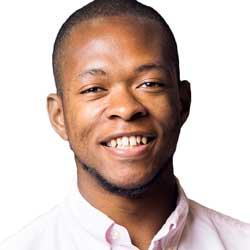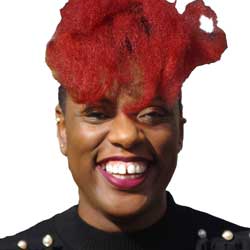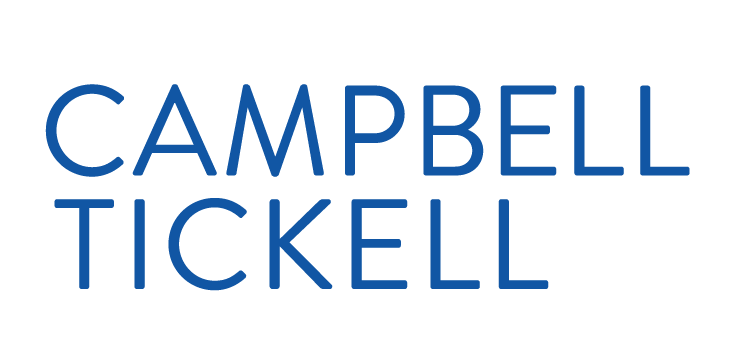Diversity, inclusion and the R-word
Discussion of values at a corporate level should not happen without a discussion of diversity and inclusion.
HR Rewired’s Shereen Daniels began focusing her work more and more on the issue of racism within organisations, following the killing of George Floyd and the mass global protests that followed in the summer of 2020. She says this moment coming alongside the Coronavirus pandemic made her rethink the potential for change
“We all know that we’re living in that volatile and changing world, but we’ve never really understood what it truly meant, until the virus,” she explains.
She says shifting the way companies are organised so quickly showed her that change in other areas was also possible. “It begs the question what other things could we have speeded up if we really wanted to?”
Acting on racism
To her, the answer to that question is a word that most corporate leaders shy away from: racism.
Daniels says: “Everyone has only wanted to jump into the diversity and inclusion conversation, because they’ve never wanted to talk about the issue of racism. This is even though diversity and inclusion came from the civil rights movement to ensure fairness and equity for black people.
“So diversity and inclusion got hijacked away from the very people it was meant to help in order to make organisations feel better. People say ‘we have a diversity issue’ and I say: ‘No, you have a racism issue, and diversity is an output.’ But for years we’ve treated it as an input. It’s an output, and it should come last.”
Moral courage
Daniels says talking about and tackling racism is “the ultimate change programme” and takes courage from both leaders and within companies’ people function.
“I think, moral courage will be a recognised skill that’s needed. And it’s a skill that comes with being able to de-prioritise your own comfort to speak out about what wrongdoings are happening in the workplace on behalf of employees to address the imbalance of power.”
“People say ‘we have a diversity issue’ and I say: ‘No, you have a racism issue, and diversity is an output.’ But for years we’ve treated it as an input. It’s an output, and it should come last.”

Daniels adds: “Because in HR unfortunately we’re very conscious of who we’re hired by. Technically by our name, we’re meant to be there for the employees but really we’re not, we’re there for the organisation to do as the organisation needs to. But I think because of everything that’s happening not just with racism, but with all sorts of society’s ills, these issues are now converging into the experiences. This affects how colleagues engage with each other and how they engage with customers and the global playground that we now have to serve. So I think there’s going to be a call for moral leadership.”
Ashleigh Ainsley, co-founder of Colorintech, works with some of the world’s biggest tech companies, advising them on diversity and inclusion in that sector. He agrees that change must be top-down if it is to have any impact.
Strategic imperative
“The first thing is it comes from leadership,” he says. “There needs to be a strategy around actually addressing these issues. One of the barriers we find is that sometimes we’ll work with organisations and it’s not really a strategic initiative or imperative for the organisation, which often means it’s hard to institute things like culture change.”
Plenty of organisations now have roles focused on diversity and inclusion, such as chief diversity officer – a job title that has become more common in recent years. But Ainsley says that he has seen too many of these roles not given sufficient resource to tackle the issue.
“You wouldn’t give your head of sales the task of going to sell your products with no salespeople,” he says. “You wouldn’t tell the head of marketing to go and redo all of our marketing material and not give them any budget to hire anyone to do that but that’s what a chief diversity officer has been told to do.”
Sustainable impact
It’s a point that Claire Harvey at Anatta echoes: “Historically, we’ve talked about a business case for diversity and inclusion and all of those things. I don’t know about you but I’ve never heard a business case for financial governance. I’ve never been asked for a nine-page document that sets out why the organisation should worry about financial governance; it is just a given that it’s core to the organisation. So by asking people for a business case we’re almost kind of implying that it’s a ‘nice-to-have’ and it’s an option.”
Harvey adds: “The other thing we’ve done is to focus on managing diversity rather than practising inclusion. And when you manage diversity you get a whole lot of interventions and add-ons and all of those things that stand alone will have a short-term impact, but don’t actually have a sustainable impact because they require a lot of energy to go into them.”
Reduced networking opportunity
Ainsley also points out that one of the outcomes of the pandemic – and the ensuing shift to home working – has been that more marginalised or junior parts of the workforce are finding fewer informal opportunities to engage and network. He argues that this limits the chances of career progression for, among others, minority ethnic workers.
He says: “The idea that you might say, bump into your boss’s boss in the lift and have a bit of a talk about how it’s going – that’s gone. The only interaction that you will now have with somebody will be formalised in a meeting, and generally have some sort of agenda or objective attached to it. So the idea that you can just engineer serendipity and serendipitous moments which break convention is harder when you work remotely.
“Typically, convention now means that minorities are underpaid and underpromoted. And if you have fewer moments to challenge that, then you default to the norm.”
CONTRIBUTORS:

Ashleigh Ainsley
Co-founder, Colorintech

Shereen Daniels
Managing Director, HR Rewired

Claire Harvey
Founder, Anatta, and Global Inclusion Lead, Vodafone
